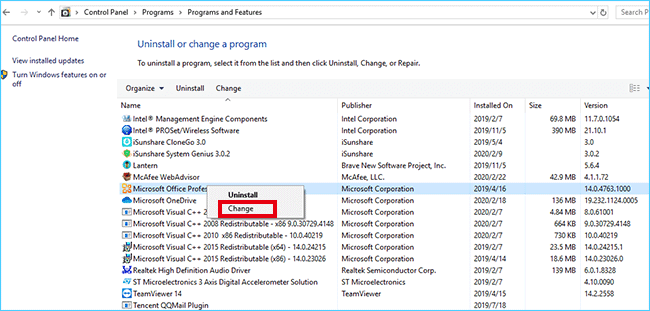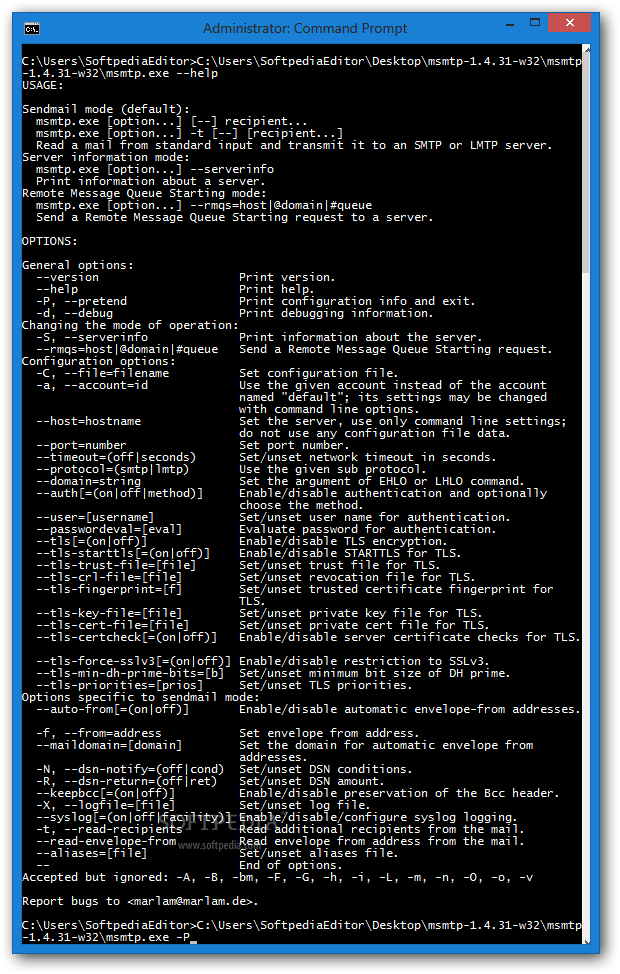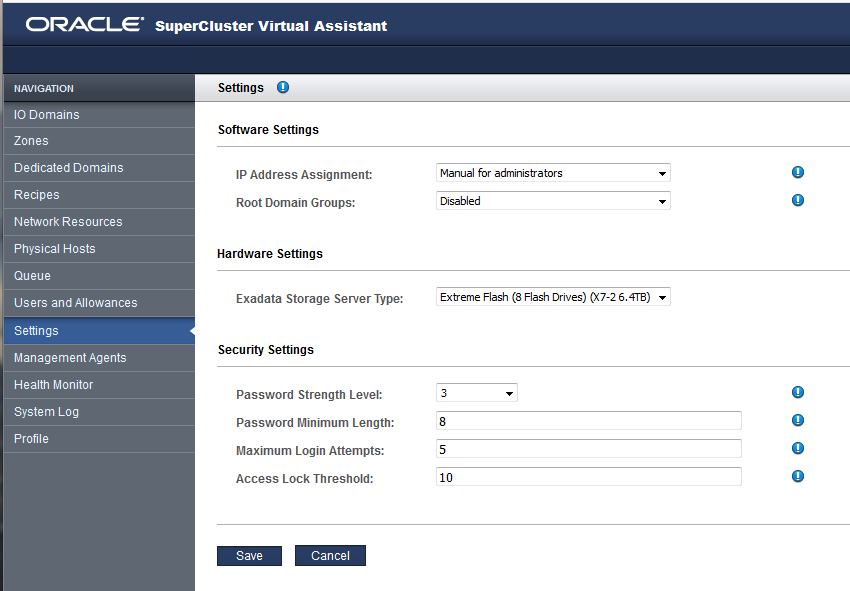
- PASSWORDS PLUS WINDOWS CANNOT SET CATAGORIES HOW TO
- PASSWORDS PLUS WINDOWS CANNOT SET CATAGORIES INSTALL
- PASSWORDS PLUS WINDOWS CANNOT SET CATAGORIES WINDOWS 10
- PASSWORDS PLUS WINDOWS CANNOT SET CATAGORIES VERIFICATION
- PASSWORDS PLUS WINDOWS CANNOT SET CATAGORIES PROFESSIONAL
When the installation is complete, you should see the following window:
PASSWORDS PLUS WINDOWS CANNOT SET CATAGORIES INSTALL
You should see a progress bar like the one below as you install PostgreSQL. On the following page, simply click Install. Now, you should see a summary of all parameters you set in the previous steps. The default is 5432, but the installation wizard may suggest another if 5432 is already in use. Then, you’ll need to choose the port number that the postgres server will listen to for requests.
PASSWORDS PLUS WINDOWS CANNOT SET CATAGORIES VERIFICATION
This password will be used when you connect as the user “postgres” from the SQL client in the verification section at the end of this guide. To install PostgreSQL, you need to choose a password for postgres superuser (administrator) permissions. Leave the data directory as the default, and click Next. Leave these options checked as they are, and click Next again. The next page shows the components that are going to be installed. It’s recommended that you leave the default as it is. To start, click Next in the following window.Ĭhoose the directory where you want to install PostgreSQL. Don’t worry if you don’t know what any of these things mean! The installation is straightforward. It’s a configuration of some important parameters like the port number, your postgres admin password, and more.
PASSWORDS PLUS WINDOWS CANNOT SET CATAGORIES HOW TO
To show you how to install PostgreSQL on Windows 10, I’ll have to explain the configuration process involved in the installation. Once it finishes, you’ll be directed to the following page:Ĭlick the installer that pops up in the bottom-left of your browser (you’ll see it there if you’re using Chrome-if not, double-click the installer from your Downloads folder).
PASSWORDS PLUS WINDOWS CANNOT SET CATAGORIES WINDOWS 10
In this article, we’ll work with PostgreSQL version 10 (which, as of now, is the latest available) and a 64-bit Windows 10 operating system.Ĭlick the download button to continue. Here, you’ll need to select the postgres version to download and your operating system. Once you’re on the right page, click the “ Download the installer” link. To install PostgreSQL on your computer, you can download it from the official site or by using the download link for Windows. I’ll show you how to install PostgreSQl on Windows 10. This database is available on Linux (or Unix), Windows, and macOS platforms.
PASSWORDS PLUS WINDOWS CANNOT SET CATAGORIES PROFESSIONAL
It's Cybersecurity Awareness Month and I imagine this is a relevant question that plagues every IT professional at one point or another, where do employees store their passwords?

HTML block on Email - Yay or Nay Security.It gets us talking, working together, we get to know each other and I like to think they are fun/funny activities. I like to start our team meetings off with an ice breaker or team building exercise. Tech Team Building / Ice Breakers Collaboration.

Welcome to Tuesday! If we roll back the calendar a few years to October 11, 1887, today is the day that Dorr Eugene Felt is granted the second of two patents on his comptometer, the first key-driven adding an.

am I reading that right? You track passwords? Like. 9 chars, numbers, u/c, l/c, punctuation, etc. Is the password complexity policy defines anywhere else? I do not think it was ever turned on as we currently track passwords manually, supplying passwords to users that are complex. I do force out the changes: gpupdate /force. I'm defining the policy under Default Domain Policy, Computer Configuration, Policies, Windows Settings, Security settings, Account policies, Password Policy.

I did try to turn on those other options previously mentioned but nothing else helped. I've tried passwords such as: pqbR0S4! with no luck. I turned on "Password must meet complexity requirements" option and left all others, such as Enforce password history and Minimum password length off. However, we do not seem to be able to meet those requirements. We decided to turn on complexity requirements for the first time. I'm having an issue with Windows 2012 Server and meeting the password complexity requirements.


 0 kommentar(er)
0 kommentar(er)
